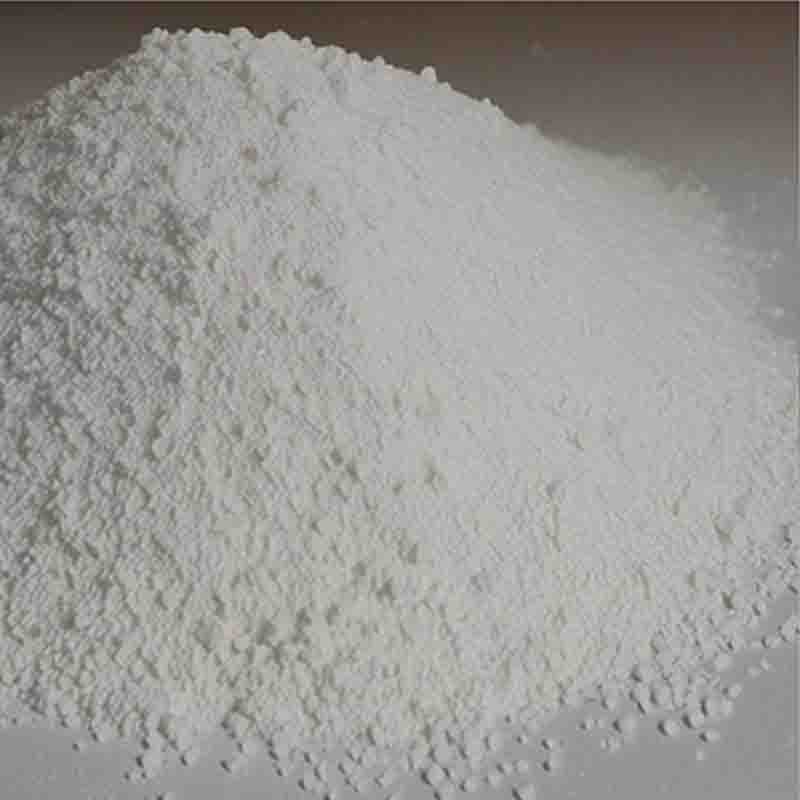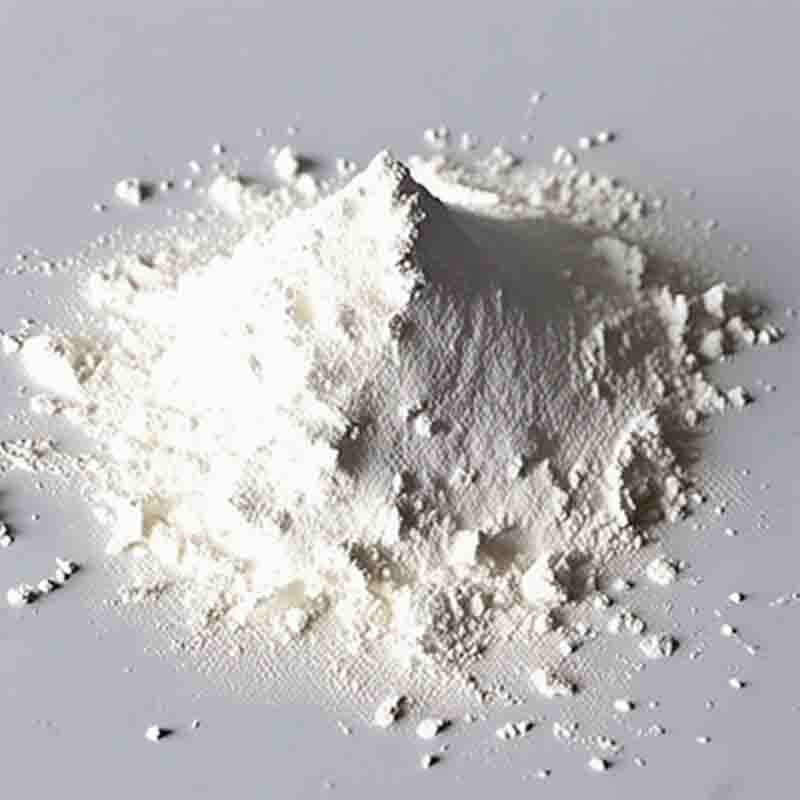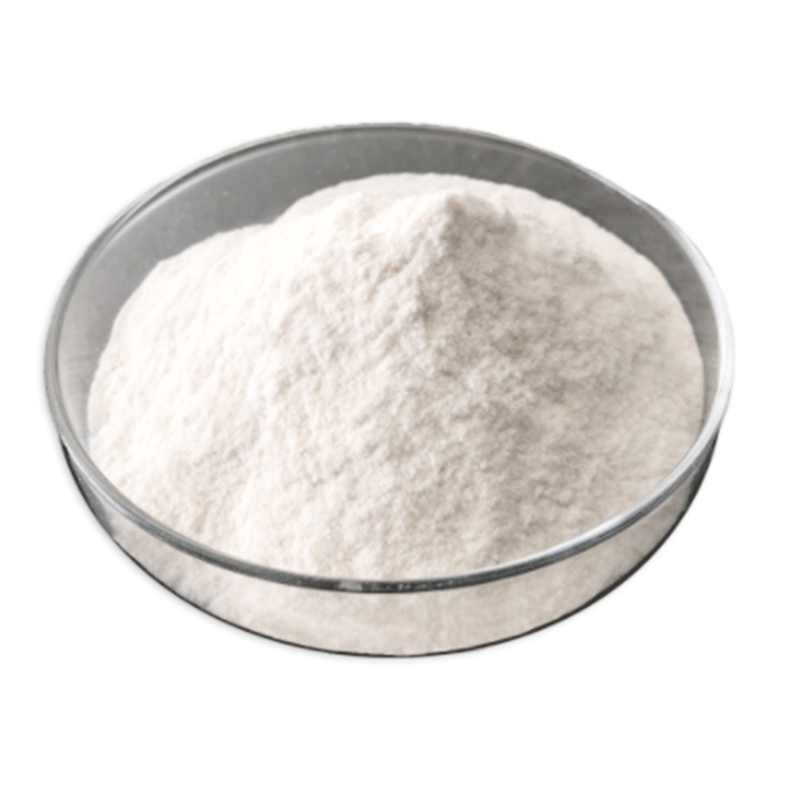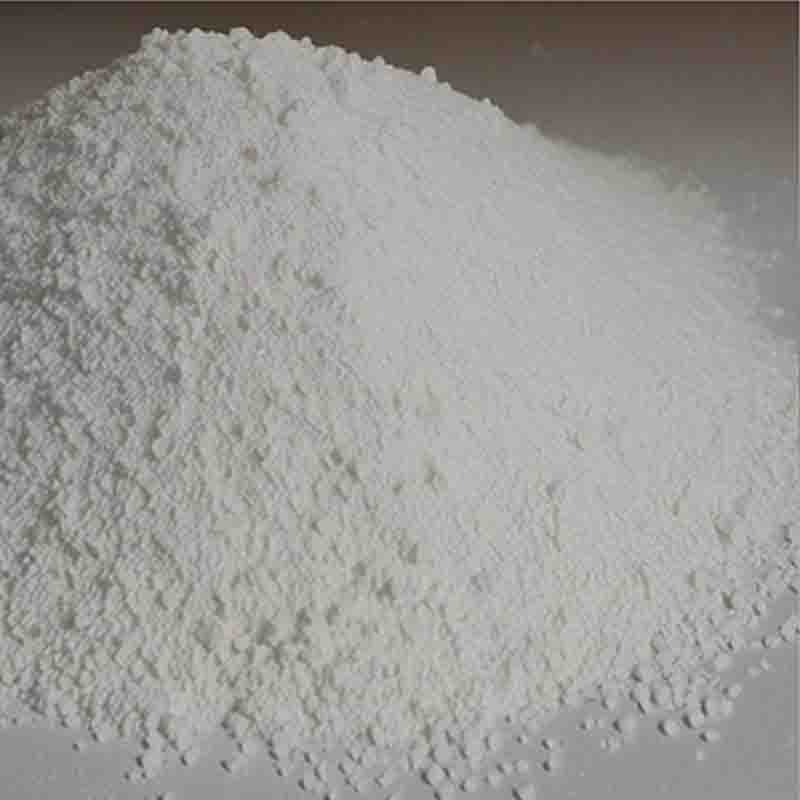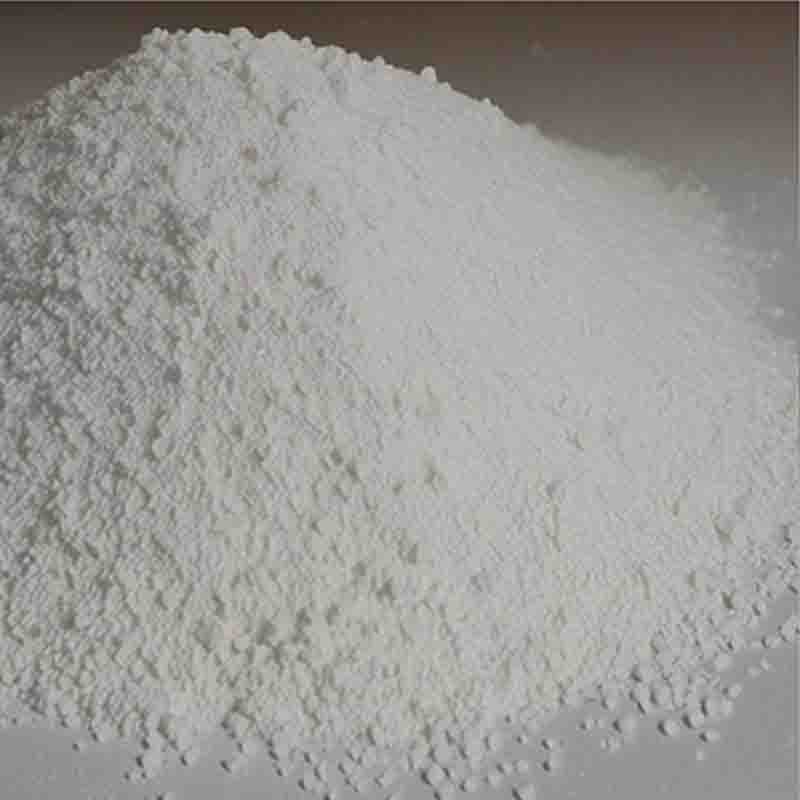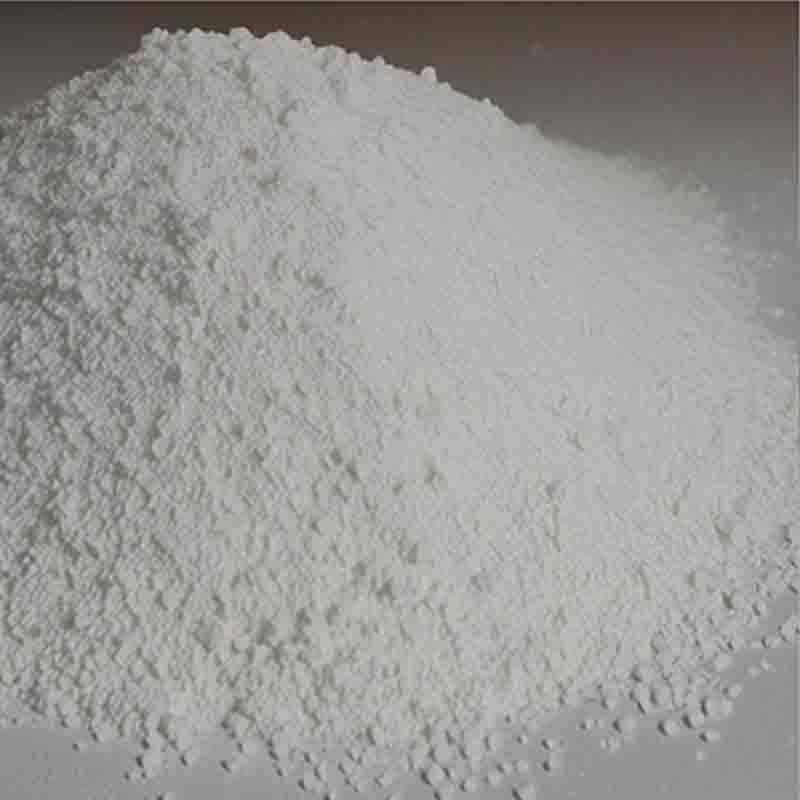2-Methylbenzylchloride CAS: 552-45-4
| Catalog Number | XD94844 |
| Product Name | 2-Methylbenzylchloride |
| CAS | 552-45-4 |
| Molecular Formula | C8H9Cl |
| Molecular Weight | 140.61 |
| Storage Details | Ambient |
Product Specification
| Appearance | White powder |
| Assay | 99% min |
2-Methylbenzyl chloride is a chemical compound with various applications in different industries.
One of the primary uses of 2-Methylbenzyl chloride is in the field of organic synthesis. It is commonly used as a building block in the production of pharmaceuticals, agrochemicals, and other fine chemicals. 2-Methylbenzyl chloride can react with various organic compounds to form complex molecules with important biological activities. It can serve as a starting material for the synthesis of drugs, pesticides, and other active compounds.
Furthermore, 2-Methylbenzyl chloride finds application in the field of fragrance and flavor industry. It can be used as a key ingredient in the synthesis of fragrances and flavors. The unique chemical structure of 2-Methylbenzyl chloride contributes to the creation of pleasant scents and tastes in various consumer products such as perfumes, cosmetics, and food additives.
Moreover, 2-Methylbenzyl chloride can also be used in the field of polymer chemistry. It can be utilized as a monomer or a crosslinking agent in the synthesis of polymers. These polymers can have various applications in industries such as coatings, adhesives, and plastics. Polymers derived from 2-Methylbenzyl chloride can exhibit unique properties such as flexibility, durability, and chemical resistance.
In addition, 2-Methylbenzyl chloride has applications in the field of research and development. It can be used as a starting material for the synthesis of other compounds, which can have various applications in medicinal chemistry, material science, and chemical research. The versatility of 2-Methylbenzyl chloride makes it valuable in the development of new molecules and materials.
In conclusion, 2-Methylbenzyl chloride has versatile applications in organic synthesis, fragrance and flavor industry, polymer chemistry, and research and development. Its reactivity and ability to form complex molecules make it a valuable compound in the production of pharmaceuticals, fragrances, flavors, polymers, and other derivatives.


